Discovery Science Presents: Drugs, history and uses
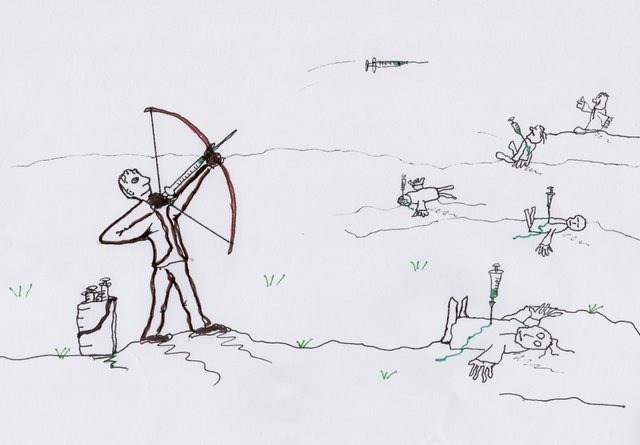
Discovery-it Science





Drugs, history and uses

For thousands of years man, like many other animals, has been using drugs for "recreational" purposes and as medicines. From the Andean populations who chewed coca leaves for thousands of years to cope with the hardship and almost impossible conditions of the high mountain environment, from the Mexican populations, to the American natives, to the Far East, they have always sought in plants and mushrooms an aid in substances that alter the psycho-physical balance of the organism.
For almost a century, however, drugs have assumed the dimensions of a social problem all over the world and, in particular, in the more developed countries.
From the drugs obtained directly from nature we approached synthetic drugs, from a fair use we reached abuse and dependency.
Today, drugs create medical, economical and social problems that are difficult to cope with and place modern societies in the face of both ethical and pragmatic dilemmas that are not easy to solve.
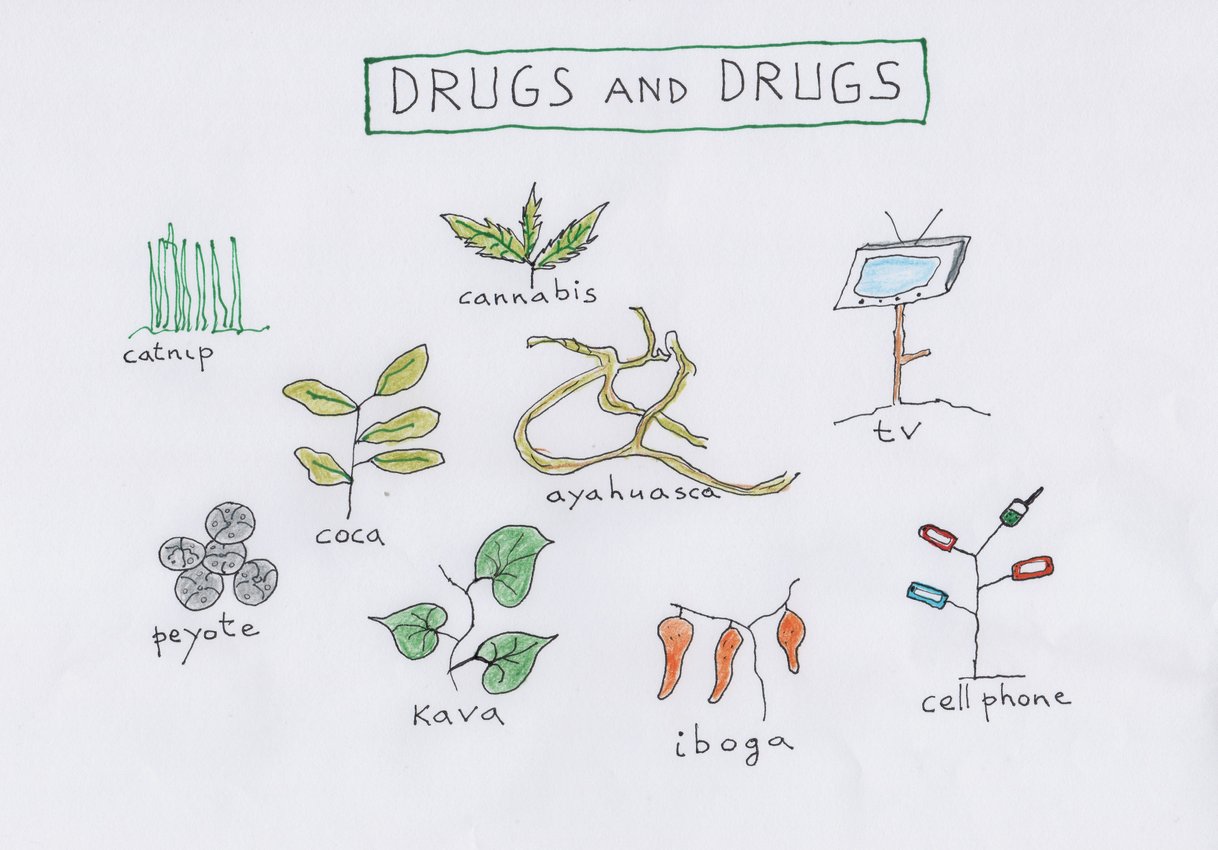

Drugs: from tradition to abuse

Before starting a conversation or argument about drugs, we need first to understand what drugs really are.
A drug is a substance that taken by inhaling, smoking, ingesting or absorbing causes a temporary physiological and/or psychological change. This should make us understand why coffee, chocolate, camomile, beer, pepper or any medicine, is labeled as drug.
All these substances are mostly synthesized from plants and fungi, mainly in vacuoles (vacuolar juice) and they are called alkaloids. To better understand how drugs are part of our life we must know that every day, without knowing, we are in contact with drugs; in fact, 25% of the plants synthesize alkaloids[1].
Taking a step back, we can see that drugs, since the beginning of our history, have always been used by people or animals for recreational and non-recreational uses.
For many populations these substances were, and still are, the basis of real cults. Native Americans use peyote to connect with their alter ego, entering deep in their own body and to achieve a way of communication with the gods. This phenomenon can be observed anywhere in the world and not just in a specific area.
Here are some example of plants and their meaning for the tribes. The peyote is widespread in Mexico (L. williamsii, "bread of the gods"), the ayahuasca ("plant spirit") in the Amazon, in Central America, Iboga ("miraculous plant" or "tree of knowledge") in West Africa, Kava ("bitter, pungent, sour drink") in the South Pacific and cannabis sativa in the East[2].
For a more modern use you can take as an example the micro doses of LSD in Silicon Valley. It represents more than a third of all venture capital investment and start ups businesses. Business people often take LSD to expand their creativity and productivity.[3][4]
Leaving aside the recreational use, we can see the use of drugs even as a source of survival to improve physical conditions in certain places or situations. The Incas had extended their empire along the Andes mountain at average heights of 4000 meters. At such high altitudes, hunger, fatigue and oxygenation are very common problems and for this reason the local tribes began to chew coca leaves (Erythroxylum coca). It's estimated that this is a practice began between 4000 and 8000 years ago.[5]
Drugs also are used in war conflicts and in hospitals since it's a base of any type of surgical operation. (see morphine, Papaver somniferum, opium).
What we can perhaps understand is these substances have always been used in every situation. If we have not talked about deaths is because basically in every context there is a similar drug that could benefit man.
This is because everything is sometimes regulated by common sense, a bit "by nature of the animal", going in search of new experiences, treatment, and a little because sometimes uses the intelligence accumulated over the years.
Today, the improper use is often fueled by disinformation, by negation, by the economy, by the increasingly frequent bad mood and often leads to an abuse of these substances,
"Common sense is the ability to judge a situation with balance and reasonableness, understanding the practical necessities it entails."
Here some Alkaloids synthesized by plants and mushrooms:
Nicotine - Nicotine tabacum (tobacco)
Capsaecina - Caplsicum (hot pepper)
Morphine - Paer somniferum (opium)
Caffeine - Coffea (coffee)
Muscarina - Amanita muscaria (Malefic Ovum)
Theobromine - Theobroma cacao (cocoa)
Mescaline - Lophophora Williamsii (peyote)
Solanina - Solanum tuberosum (potato)
Links:
- Botanica parte generale
- La droga nella storia
- Silicon Valley
- Short Trip? More People 'Microdosing' on Psychedelic Drugs
- The History and Medical Significance of an Ancient Andean Tradition
written by @cooltivar
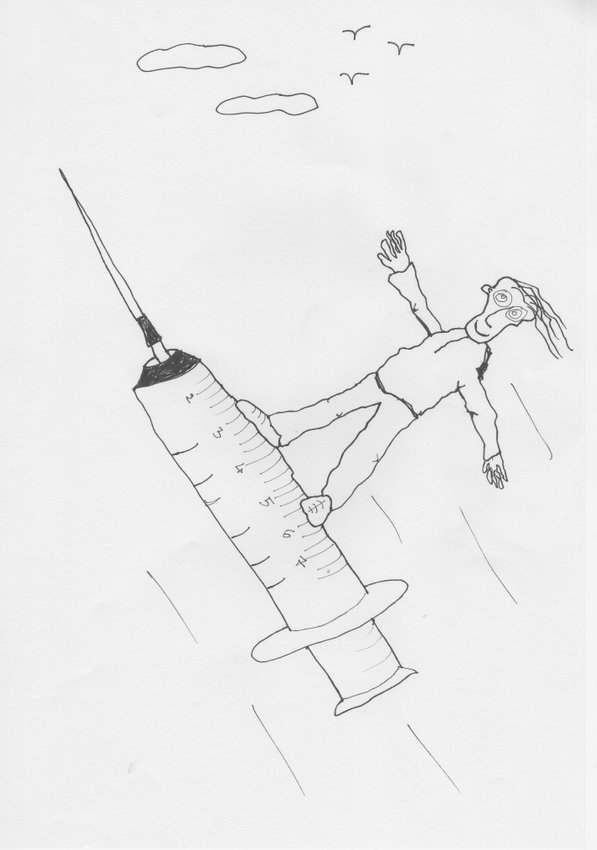

The opioid crisis in the United States

Every day more than 175 people in the United States die [1] due to opioid overdoses, creating a serious national crisis affecting public health and social economic well-being. The problem is so serious that President Trump has declared this problem as a national emergency.
Unlike what we might think, the problem does not affect only drug addicts who have had a difficult life, marginalized by society and have begun to consume drugs in the city's most infamous neighborhoods. In America the problem affects all citizens because the national health system is the cause of this problem.
It all started in the late 1990s, when pharmaceutical companies proposed and reassured the medical community that patients would not become addicted to opiate/opioid painkillers, so doctors began prescribing powerful painkillers such as the Hydrocodone, Oxycodone and Fentanyl more and more frequently to their patients. The result is that the problem is out of control, in 2017 there were 72,000 [2] deaths and millions of Americans are addicted by these drugs.
Hydrocodone [3] is a semi-synthetic opioid painkiller for moderate pain. My dentist prescribed to me on several occasions when I had more invasive procedures such as removing wisdom teeth. Hydrocodone binds to opioid receptors, producing an analgesic effect but its potency is ten times lower than morphine. It is also marketed under the name Vicodin, as seen in the TV series Dr. House.
Oxycodone [4], is a full agonist opioid with potency similar to morphine. Often these pills are sold on the street just like classic illegal drugs and people get in trouble if they can't prove they have a prescription in their name.
Fentanyl [5] is a potent synthetic opioid painkiller. It is 100 times more powerful than morphine and therefore it causes very strong addiction. Fentanyl binds to receptors in the areas of the brain that control pain and emotions by increasing dopamine levels resulting in a great state of euphoria and relaxation with effects similar to those produced by heroin.
The problem with these drugs is that patients soon become addicted and as long as they have the medical insurance that covers these drugs "it's all right" and they may have even medical checks. However, when the medical insurance decides to stop coverage people will start using heroin which is cheaper and easier to find, or other street drugs like methamphetamine, crystal meth or crack.
In Italy the first documented death for fentanyl abuse is April 2017 [6], but while in Italy people are looking for these drugs in the deep web to get high, in America they are prescribed by the family doctor.
The problem is so serious that not only the poorest people who don't have a good medical insurance, which cover prescriptions, physiotherapy or post-op treatments are affected, but virtually every American citizen is at risk. Even well-know people like actors or musicians are affected by the problem [7], for example celebrities likes of Heath Ledger, (The Dark Knight, Brokeback Mountain) died in 2008 due to an overdose of Oxycodone, Hydrocodone, Xanax and Valium; Prince died in 2016 due to a Fentanyl overdose; Philip Seymour Hoffman (The Great Lebowski, Capote) died by a mix of heroin, cocaine and amphetamines; Paul Gray (bassist of the Slipknot) died by overdose of Fentanyl in 2010.
Now, after decades, America is trying to remedy at the problem and after the declaration of the American president the Department of Justice awarded 320 million dollars [8] to fight the crisis and seek a solution. Legalization and cannabis-based drugs seem to be two of the most promising solutions, but also focusing on prevention and awareness will be the key to make people understand the dangers of these types of drugs.
Links:
- With 175 Americans dying a day, what are the solutions to the opioid epidemic?
- Bleak New Estimates in Drug Epidemic: A Record 72,000 Overdose Deaths in 2017
- Idrocodone)
- Ossicodone
- Fentanyl
- Eroina sintetica, allerta dell’Iss dopo la prima vittima in Italia
- List of deaths from drug overdose and intoxication
- Justice departement awarding almost 320 million
written by @mirkojax
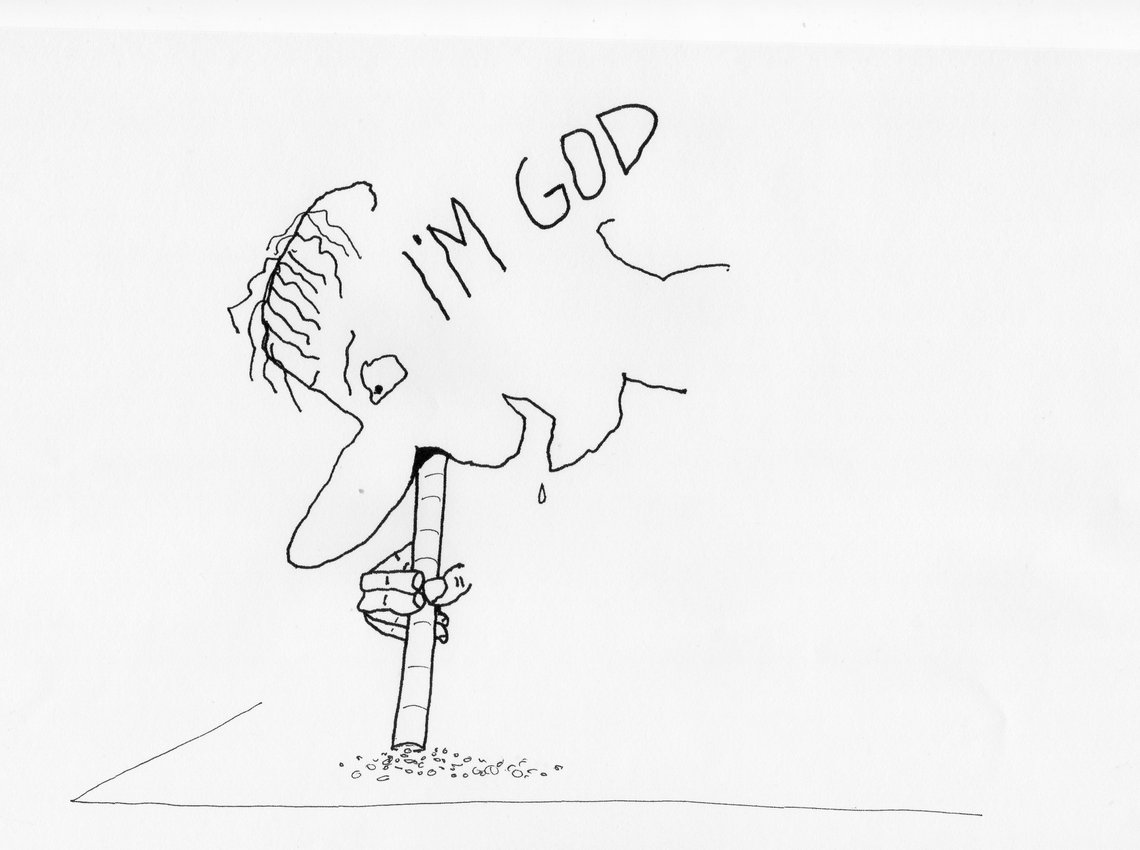

Cocaine, amphetamines and methamphetamines: effects on society

All drugs have effects on society, but some stimulants have far wider and more pervasive social effects than their diffusion could make you imagine with a superficial analysis.
In fact, in addition to the social effects related to use, abuse, dealing, the pathologies that induce, compared to depressive drugs (opiates, barbiturates, alcohol, etc.) and hallucinogenic (LSD, mescaline, psilocybin, DMT, etc.), stimulating substances can also be taken in ways that do not necessarily cause the marginalization of the people who use them.
In practice it is possible for those who methodically use cocaine, amphetamines and methamphetamines, without abusing them, to be perfectly integrated into the social environment, indeed, very often these substances allow to excel in their social and work environment.
This implies important repercussions on the social fabric and often underestimated consequences on the preservation of the civil society system of modern societies.
Important strata of population, in Western countries and in the Far East, make systematic use of one or more exciting drugs; cocaine, amphetamines, and methamphetamines are also three of the top seven most dangerous drugs [1] for themselves and others, but the devastating effect they have had on society as a whole is substantially underestimated.
The continuous use of cocaine, for example, leads to less satisfaction in relationships with other people and makes interpersonal relationships more difficult, contrary to what one is led to think. [2]
What do these psychoactive substances have in common?
The feeling of omnipotence, the greater ability to concentrate, the greater physical and mental capacities, which are real or simply at the level of false sensation, the reduced sensation of fatigue.
The changes in the brain are accompanied by an increase in heartbeat, blood pressure, body temperature.
One of the first examples of systematic use of amphetamines and methamphetamines is during the second world war. [3] [4]
According to some scholars the use of these substances was the basis of the stratagem of German "blitz" that led Germany to conquer substantially all of Europe. [5]
The entry into the conflict of US seems to lead to a reversal of the fate, but even in this case it could be precisely the methamphetamine at the base of the epilogue of the Second World War. [6]
What happens, then, when people are well introduced into the social environment, and they do systematically use these substances?
Making decisions, carrying out actions that can have consequences on the community under the influence of stimulating drugs, therefore in a completely altered state, can lead to heavy and difficult to foresee consequences.
The widespread use of this type of substance in environments such as financial, political, managerial, medical, academic, and so on... has brought heavy consequences in modern societies. [7] [8]
The use of amphetamines in the 60s of the last century and, subsequently, of methamphetamine between students and academics [9] poses not indifferent questions also on the value of the academic titles and on the validity of the academic research themselves.
Every research, every trend of the market, every political choice, every managerial decision, every sentence of a judge, in modern society always leaves us a subtle doubt: who has the levers of our society is acting in common interest and in good faith or is it under the effect of substances that may have impaired their judgment and made incorrect choices?
Links:
- Development of a rational scale to assess the harm of drugs of potential misuse
- Social cognition in cocaine addiction
- Methamphetamine for Hitler’s Germany: 1937 to 1945
- Adolf Hitler’s medical care
- Norman Ohler describes how drug use among German soldiers and Hitler himself affected WWII
- THE U.S. MILITARY NEEDS ITS SPEED
- Financial meltdown was caused by too many bankers taking cocaine, says former government drugs tsar Prof David Nutt
- Mayhem And Meth: Party Culture And Drug Use In Silicon Valley
- Students used to take drugs to get high. Now they take them to get higher grades
written by @ilnegro


From Berlin’s zoo station until now: heroin addiction

In 1979 Christiane F. published the autobiographical book “Zoo station: the story of Christiane F.” (“Wir Kinder vom Bahnhof Zoo”), that became immediately a bestseller; in 1981, based on this shocking book, a cult movie was released. I think that there isn’t a better way to explain what heroin is than starting from here.
Christiane Vera Felscherinow was a young adolescent, living in Berlin in the ‘70s, who fell in heroin’s tunnel like many people in those years. She started to take hashish and synthetic drugs when she was 12 and after two years she tried heroin for the first time. She started taking this drug when she met some young guy who was already using it, particularly a boy she fell in love with, and she became quickly addicted.
She couldn’t think nothing except getting heroin, she began to spend more and more time in the area of the train station Bahnhof Zoo, a place famous for drug trafficking and prostitution. Like many people, Christiane became a prostitute and began to steal, then witnessed the death of many friends for overdose and tried many times to get clean without success. Especially the attempt of Christiane and his boy friend to break free from heroin is a very shocking but real example.
They closed themselves at home to face the terrible withdrawal that includes both psychological and physical symptoms: muscle aches and cramps, tremor, fatigue, alternation of hot and cold, sweating, fever, nausea, vomiting, diarrhea, headache, loss of appetite, drug craving, insomnia, agitation, anxiety, depression, irritability etc.
After this experiment, they achieved to stop for a while but they soon started again. They were in an unstoppable and destructive loop. [1]
But how does the heroin work?
Heroin belongs to opioids class, the effects of this substance is mediated by the interaction with opioid receptors in the nervous system, replacing and suppressing endogenous endorphins, naturally produced by the body and involved in pain control, neurovegetative functions (respiratory, cardiovascular, gastroenterological) and emotions.
Since the early 1900s, exogenous opioids, both natural and synthetic, have been produced and used as painkillers; the natural one derives from the opium, the resin of a plant (Papaver somniferum) of which the synthetic drugs imitate the mechanisms of action and effects.
Among the natural opioids there are morphine and codeine, among the semi-synthetic we find Oxycodone, Hydrocodone, Buprenorphine, Hydromorphone, Oxymorphone and heroine. Among the synthetic, there are Fentanyl and Methadone.
Right now, opioids like Fentanyl, Morphine, Oxycodone, Buprenorphine, etc. have some medical indications in pain treatment and anesthesia.
The main problems about these substances are the side effects which include: respiratory depression, sedation, constipation and, unfortunately, drug abuse followed by dependence and tolerance.
The basis of the abuse is the involvement of mesolimbic dopaminergic pathway, responsible for the state of euphoria, intense pleasure both psychological and physical that reminds the moment of climax, followed by a period of peace, a “nirvana state”.
Unfortunately the “good effects” last just a few hours and are replaced by adverse effects including withdrawal symptoms. So, because of the tolerance, a person using opioids is pushed to gradually increase the dose to have the same effect.
Finally the chronic effects of using opioids include: loss of weight, constipation, decrease of libido, hypotension, shaking, paraesthesia, depression, psychomotor slowdown, abulia and drug seeking behaviour.
Heroin or other opioids addiction may result from a recreational use, particularly in adolescents and young adults, or from self therapy, leading in both cases to dangerous consequences. [2] [3]
And what about Christiane F.?
She is alive, her mother managed to rescue her moving from Berlin. Now she’s 56 years old, she published in 2014 a new book in which she talked about her “second life” after the heroin.
She had a son who was taken away from her and assigned to another family, she has a severe hepatitis C, probably contracted with the past intravenous administration of heroin. Her battle against this drug is not over, heroin has never finished to change and destroy her life. [1]
And what about drugs now? Heroin use is not over, according to the Centers for Disease Control and Prevention, in the last years heroin overdose deaths have dramatically increased [4]; moreover in my clinical practice as a psychiatrist, I often interface with drug addicted patients who have started heroin since a very young age, reminding me that the Berlin’s zoo is not so far from us.
Links:
- Christiane F. interview
- National Institute of Drug Abuse
- Opiate addicition Resources
- Centers for Disease Control and Prevention
written by @rosemery

Discovery-it Science

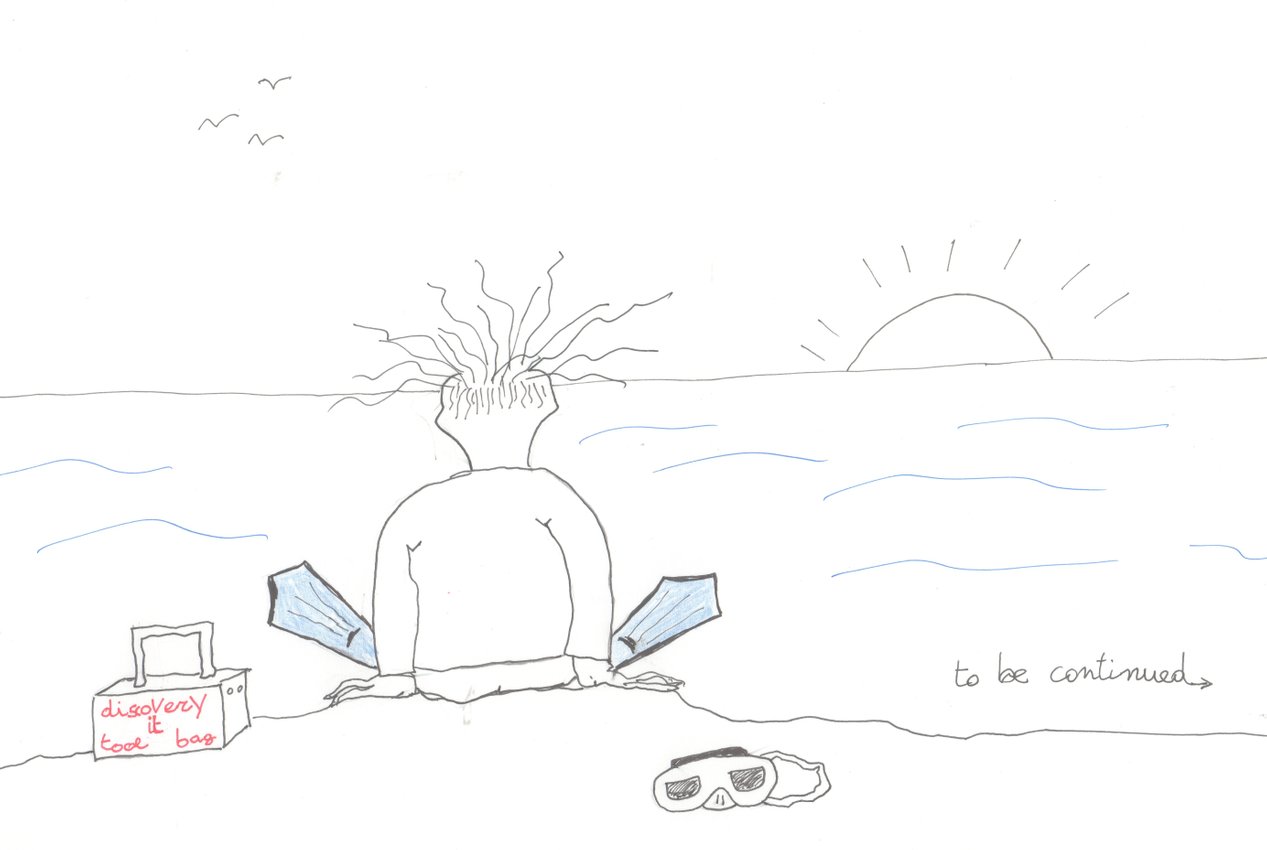




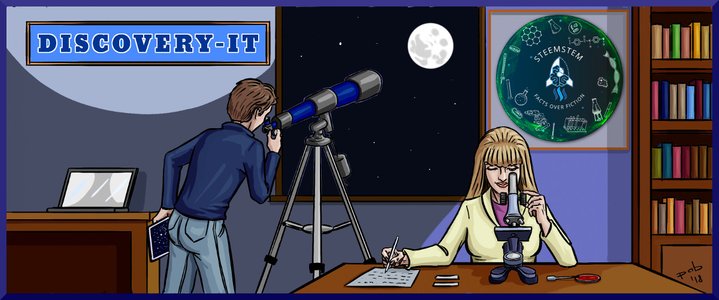

This post has been voted on by the SteemSTEM curation team and voting trail in collaboration with @curie.
If you appreciate the work we are doing then consider voting both projects for witness by selecting stem.witness and curie!
For additional information please join us on the SteemSTEM discord and to get to know the rest of the community!